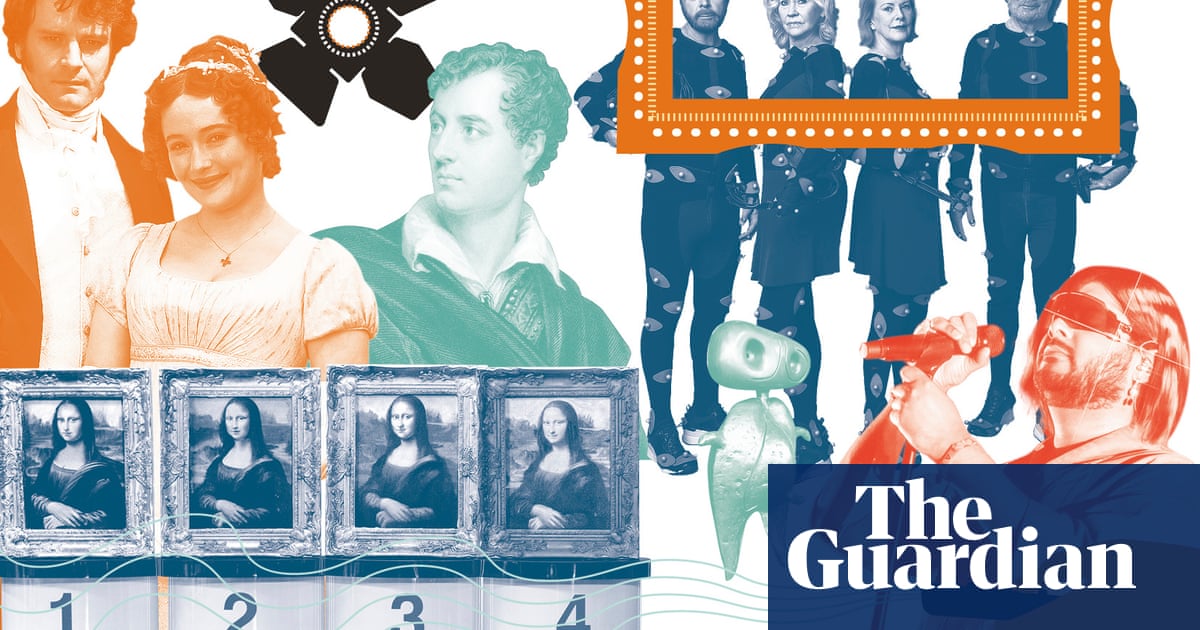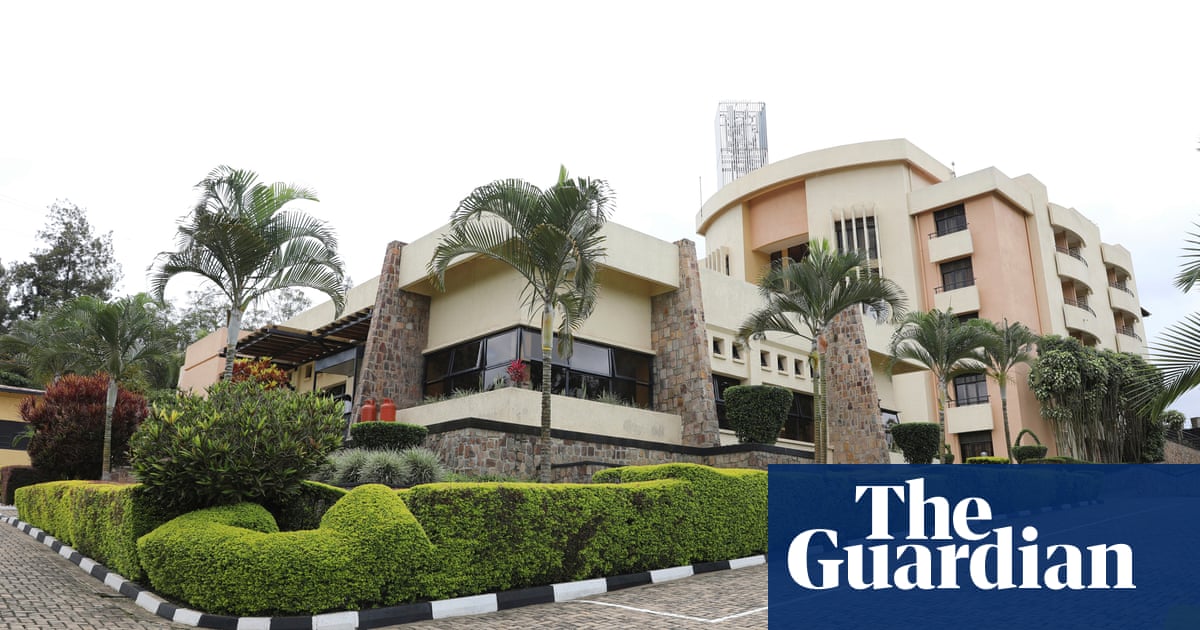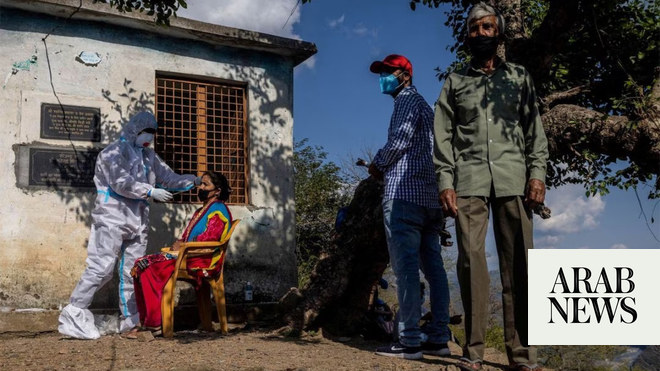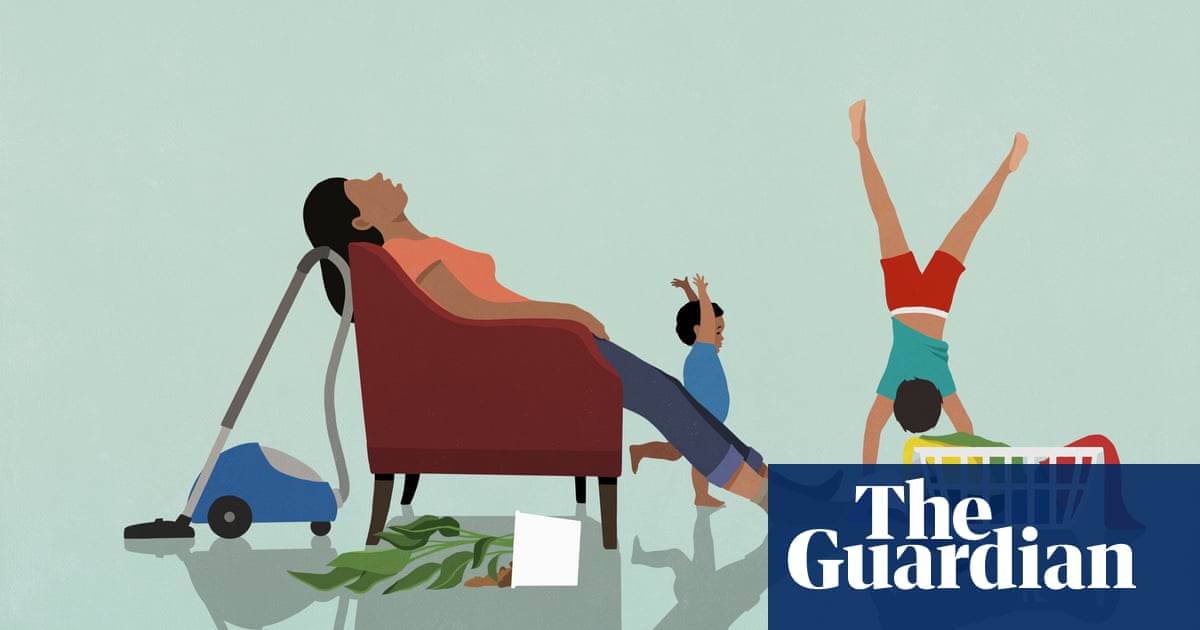
ina Reyes, a 39-year-old nurse from the downtrodden neighbourhood of Siloé in the Colombian city of Cali, knows only too well what Covid-19 can do to a person – and to a community. Her mother was hospitalized with the disease, and came close to death.
As a home care nurse, she has seen patients get sick and neighbours die. In the early days of the pandemic, her husband lost his job as a chauffeur, leaving her to provide for their daughter and his parents, who share their home.
“I’ve seen this virus face-to-face, I know what it can do, and I know how to protect myself against it,” Reyes said. “But the real terror is the Colombian government.”
Siloé has become the center of a brutal nationwide crackdown on protests against poverty and inequality which have been exacerbated by the coronavirus pandemic. Demonstrations that began with a general strike on 28 April quickly descended into violence, with images of smoke-filled streets dominating the nightly news.
As many as 37 protesters have been killed across the country, according to Temblores, a local watchdog, while hundreds have been injured by police officers who have shown little restraint with their billy clubs, flash-bangs and teargas.
“This is the Colombia of Centro Democrático,” said David López, a community leader in Siloé, referring to the governing party of President Iván Duque. “A country where people are getting poorer and they can’t take it any more.”
The protests erupted suddenly – ostensibly in response to a since-abandoned plan for tax reform – but they reveal deep social fault lines. Similar demonstrations broke out in late 2019 during a wave of unrest across Latin America.
Colombia was an unequal country then and Covid-19, which has claimed more than 75,000 lives and continues to ravage public health, has only widened the gap between the rich and the poor.
“One of the core dynamics as to why these protests are taking hold so strongly is that there’s an enormous gap between the political establishment and the street,” said Elizabeth Dickinson, a researcher with International Crisis Group (ICG), a thinktank. “It’s almost like they are on two different planets and talking past each other.”
Amid one of the longest lockdowns in the world, the number of Colombians living in extreme poverty grew by 2.8 million people last year. Red rags were hung outside homes, in a desperate signal that those inside were hungry. And as people got poorer, they also got sicker, with those from the poorest neighbourhoods 10 times more likely to be hospitalized or die from Covid-19 than those from the wealthiest.
“The level of economic distress is enormous,” Dickinson said. “Like the rest of Latin America, Colombia has been hit hard by the pandemic and as a result we have had to live with a year of on-and-off lockdowns – and who was the face of implementing those lockdowns? It was the police.”
Colombia’s militarized police fought for decades on the frontlines of the country’s war against leftist rebel groups and has long been accused of human rights violations; earlier this year, Temblores denounced “structural and systematic” abuses in the force which killed 86 people in 2020.
But relations between the police and the Colombian population further deteriorated during a year in which officers were empowered to slap people with hefty fines for not correctly wearing a mask or for drinking alcohol in public.
Anti-police demonstrations broke out in September after officers in Bogotá killed a lawyer, Javier Ordóñez, with a Taser electrical weapon after initially detaining him for drinking beer on the street. Police kiosks across the capital were torched in the following unrest while the police killed at least 10 protesters.
But the current protests, now entering their 11th day, have been met with even more brutality. Each morning, Colombians wake to news of a new outrage.
On Friday morning, the country learned that a truck that carried violent agitators who attacked protesters belonged to the police. Twenty-four hours earlier, news broke that Lucas Villa, a young student who had been filmed dancing merrily at protests in Pereira, a city in the coffee region, had been sent to an intensive care unit after he was shot during a skirmish.
“How difficult a thing is this fear that we feel when night falls in Colombia,” tweeted Fernando Posada, a political scientist at University of Los Andes in Bogotá. “Fear of violence, barbarity, pain. And fear of waking up the next morning and reading the horrific reports of the night that passed. This country is heartbreaking.”
Few scenes have been quite so hellish as those in Siloé, Reyes’s mountainside home, where police have used live rounds, flown Black Hawks just above houses, and fired teargas for nights on end.
“They fumigate us like we’re insects,” Reyes said. “I’ve seen people with Covid on ventilators who can’t breathe and they seem in less pain than the kids drowning in those gases.”
Reyes has banded with some neighbours to provide first aid for the injured. Two residents have been killed, with a few still missing. Bloodstains, new each day, reveal the sites of previous night’s battle. “Obviously no one is out cleaning the street,” the nurse said.
The violence has been especially dispiriting for those who hoped for a peaceful future for Colombia when the country signed a historic deal with rebels of the Revolutionary Armed Forces of Colombia (Farc) in 2016.
That deal, ended five decades of civil war that killed 260,000 people and forced more than 7 million to flee their homes, but also raised hopes that new spaces for the left would finally open in Colombia’s political spectrum. Instead, the government has smeared protesters as “vandals” and “terrorists” with links to insurgents.
Protesters have come under criticism for throwing up blockades which have caused food and fuel shortages, and cut off the country’s largest seaport, Buenaventura. But those on the streets are adamant that extreme measures are necessary.
“To win tomorrow, we have to lose today,” said Steven Ospina, 27, who has lived in Siloé all his life. “This government has been so cruel but we want to de-escalate, that way they can’t paint us all as criminals.”
Reyes argued that the government’s heavy-handed response is self-defeating. “The working classes are the engine of Colombia,” she said, ahead of another torturous night of skirmishes outside her home. “If they kill us all they won’t have anything for themselves.”












